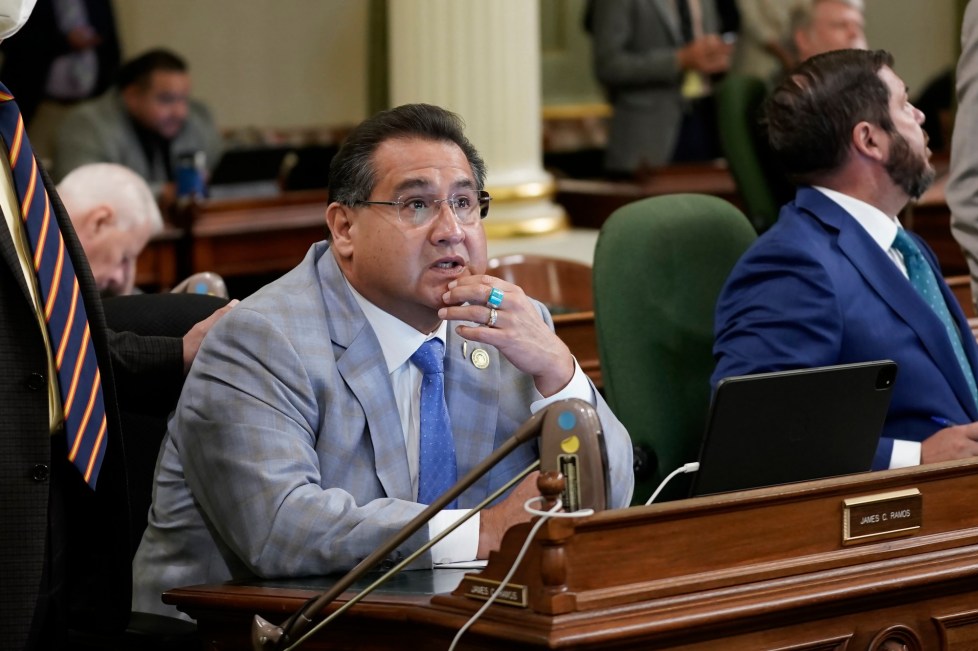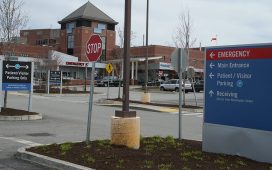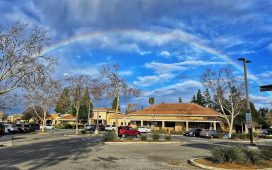
Assemblymember James Ramos, D-San Bernardino, is seen in Sacramento on Tuesday, Aug. 30, 2022. Ramos staged a roundtable discussion this week on his bill that created the Feather Alert, which tells the public and law enforcement in real time when Indigenous people go missing under suspicious circumstances. (AP file photo by Rich Pedroncelli, AP)
Across the United States, the crisis continues.
Cases of missing and murdered Indigenous people grow, leaving family members looking for answers.
A Saturday, Sept. 30, event on the Soboba Band of Luiseño Indians’ reservation in Riverside County aims to do something about it.
The Soboba Casino Resort Events Center near San Jacinto will host one of several statewide public safety events organized by the state Department of Justice, tribal governments and law enforcement. It will be the first in Southern California, where there are more than 20 federally recognized tribes.
At the event, family and friends can report a missing loved one, receive an update on an active missing person’s case and can bring photos or records that could help. They can also provide a DNA sample for the state’s Missing Persons DNA program, which compares DNA from unidentified persons and human remains with the DNA from personal items belonging to reported missing persons, and the DNA from relatives of missing persons, organizers said.
Event panels will explain to tribal community members what happens during a missing persons’ investigation, how to identify signs of trafficking, and connect with programs and services working with victims’ families. They can also share and hear testimonies, or meet privately with investigators.
Department of Justice spokesperson Tara Gallegos said the events, billed “Missing in California Indian Country,” intend to elevate the state’s response to the issue. With more than 700,000 tribal citizens, California has the most Native American residents in the nation.
Indigenous women make up a large portion of reported missing and murdered individuals, 2023 data from the National Institute of Justice show. Statistics show that 84.3% of Indigenous women will experience violence in their lifetime — compared to 71% of White women — including higher rates of sexual violence, physical violence, stalking or psychological aggression by their partner.
Among Indigenous men, 81% are more likely to have been victims of violence, compared to 64% of White men.
Indian Country has been “gripped by an epidemic of missing or murdered Indigenous people, whose cases far too often go unsolved,” President Joe Biden said in May in his remarks declaring Missing or Murdered Indigenous Persons Awareness Day on May 5.
Reports show that investigations into violent crimes against Indigenous communities are lacking.
As of 2016, the National Crime Information Center reported 5,712 missing American Indian and Alaska Native women and girls in the U.S. — but only 116 of those cases had been logged into the National Missing and Unidentified Persons System.
California ranks seventh in the U.S. for unsolved Native American homicides and homicides, officials said.
In a statement, Attorney General Rob Bonta, who will speak at the Soboba event, called for efforts to support public safety for tribal communities, studying challenges the communities face and building relationships with tribal members “to ensure their voices are heard.”
“The unfortunate reality is that many of our tribal communities feel under threat — worried that their loved ones, their mothers, their daughters — will go missing, will be lost to violence and murder. This is unacceptable,” Bonta said.
Organizers will also discuss the state’s newest emergency notification system, the Feather Alert, which tells the public and law enforcement in real time when Indigenous people go missing under suspicious circumstances. It’s similar to the Amber Alert for a missing child.
Assemblymember James Ramos, D-San Bernardino, who authored the measure, known as AB 1314, that took effect Jan. 1, hosted a roundtable on the bill in Downey this week with local officials, law enforcement, and tribal members.
Ramos called for more resources and awareness about the Feather Alert, according to a livestream from the event.
More than 70% of the state’s Native population lives in urban areas; with close to 50% — around 327,000 — living in L.A. County alone, Ramos said. He shared a story about a tribal citizen who went missing in January, after the Feather Alert was implemented, who was later found alive and safe and returned home in the Mendocino County area.
“We know that (the alert) truly does work — and that there’s a lot of work to do moving forward,” he said, calling the high rates of murdered and missing Indigenous persons a “shameful state and national tragedy that does not receive the scrutiny and attention that it deserves.”
Soboba Chairman Isaiah Vivanco, who attended Tuesday’s roundtable, also praised the Feather Alert. He said that young Soboba members were reported missing and found before it existed, but having the technology will greatly speed the process.
While the Soboba tribe does its best to safeguard members, Vivanco said, having established relationships with law enforcement is critical.
“When something like this happens, it’s up and down the state — it hits every race, but for Native Americans, it seems to hit harder,” Vivanco said after the meeting. “I don’t know why Native Americans, women, are targets. Some in the rural areas, without family or friends to turn to, are more vulnerable.”
Saturday’s session is from 10 a.m. to 5 p.m. at the events center, 22777 Soboba Road.
For information or to register, click here.
The U.S. Justice Department has a resource page for reporting and identifying missing persons on its website.










